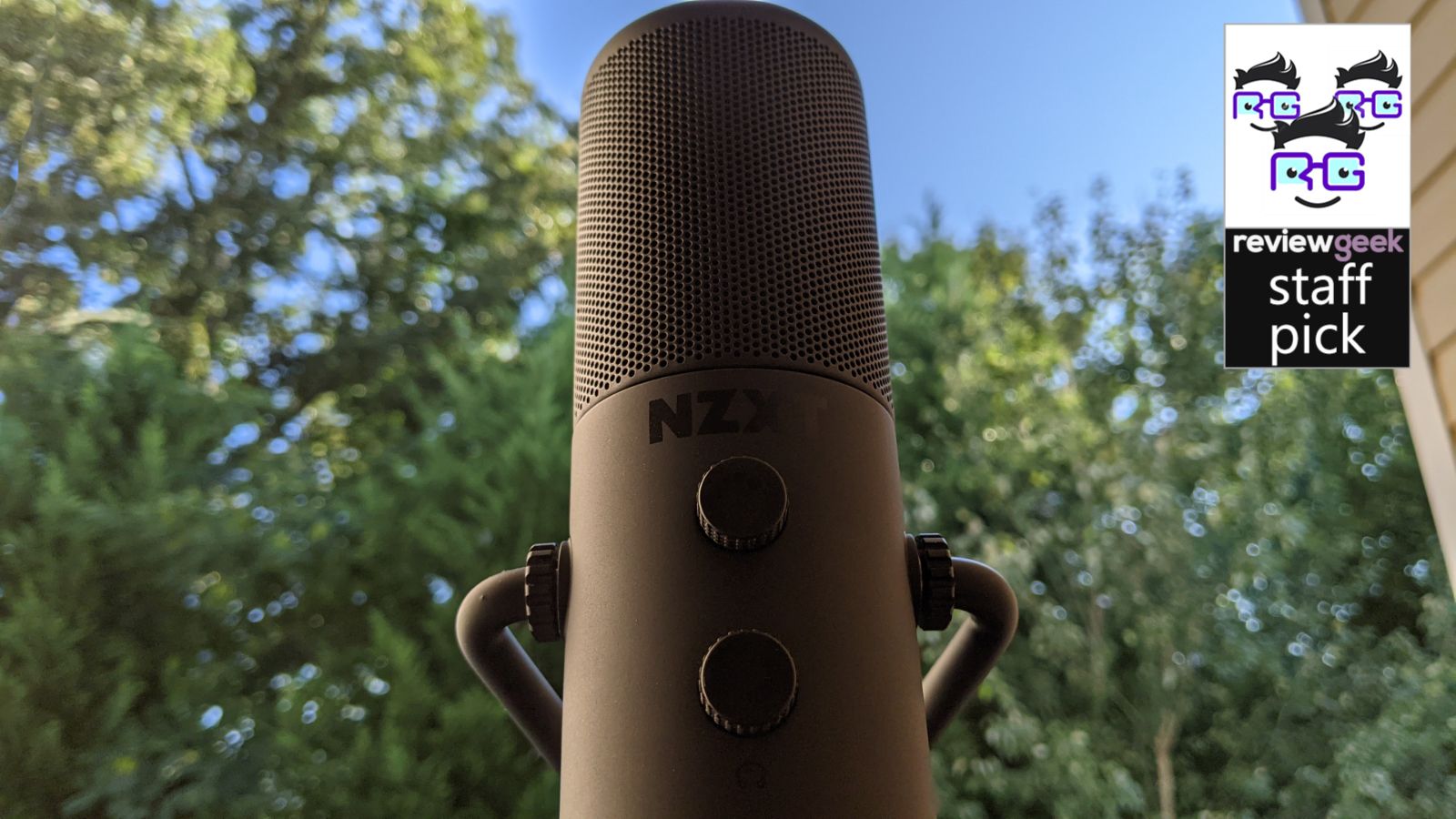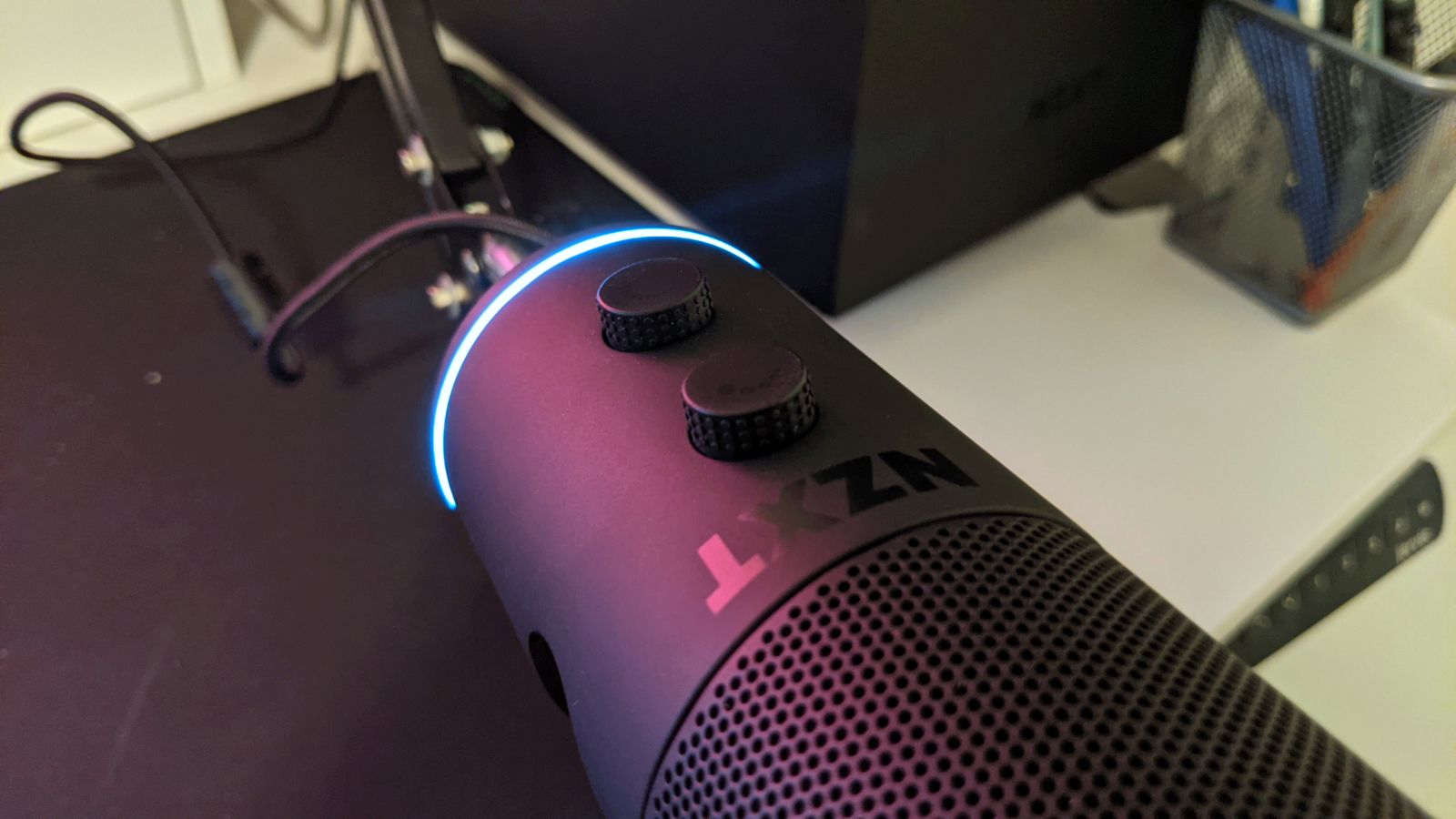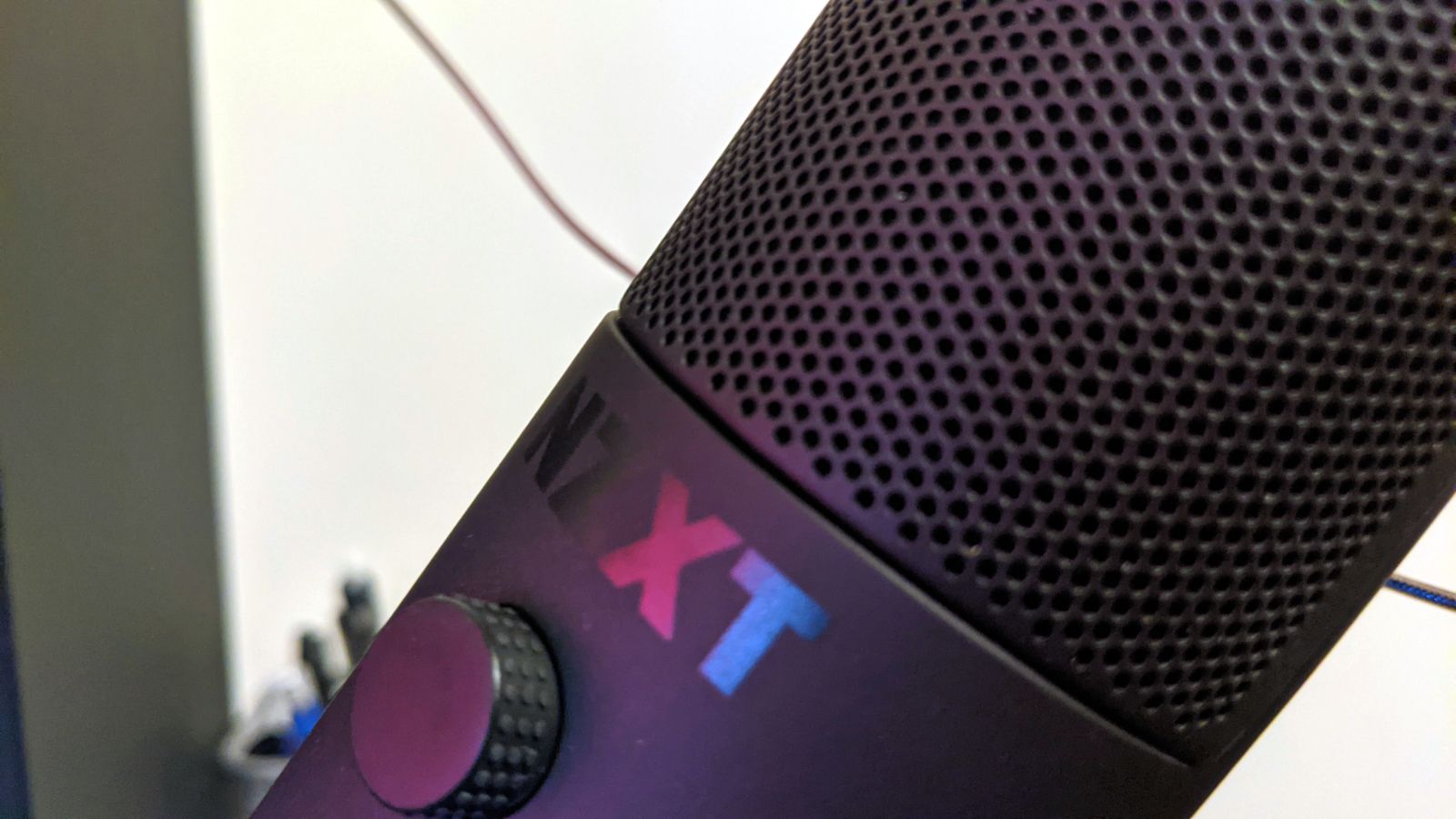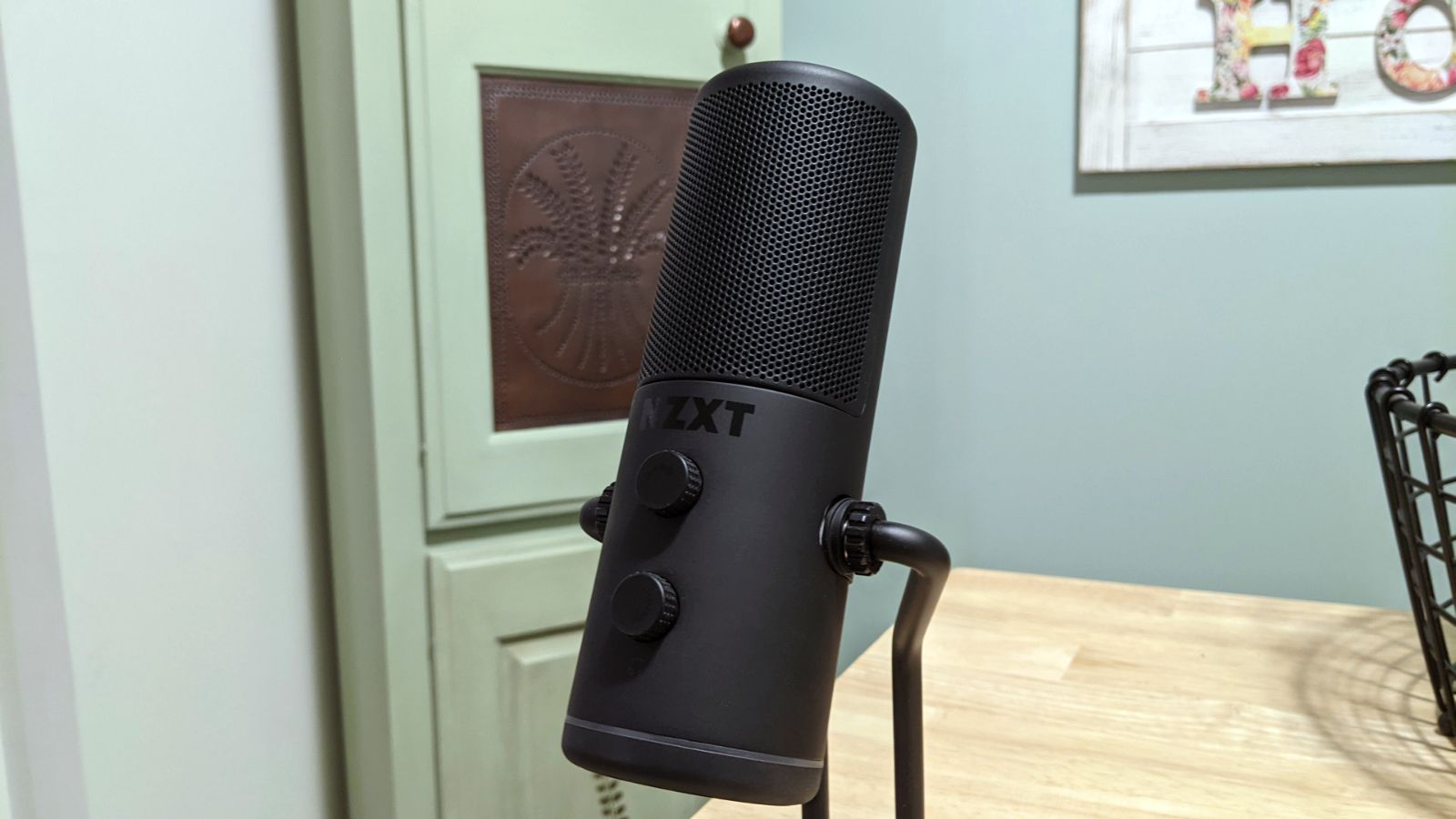Quick Links
NZXT isn't a company that comes to mind for audio peripherals. That's not for lack of trying, though; the company attempted to release a set of headphones in 2019, which wound up canceled. But now NZXT is taking another stab at audio with the brand new Capsule microphone ---so how'd that go?
First off, this is a USB microphone right at the $129.99 price point, which means the Capsule is going against a lot of very well-established competition like the Blue Yeti and AT2005USB. So, what is NZXT offering that makes the Capsule worth paying attention to over those products? According to the company itself, simplicity.
The Capsule focuses on being as easy to use as possible, lacking any software or overcomplicated settings. Even going to the extent of only featuring one polar pattern (which are different modes a microphone can use to alter which directions audio is picked up from) for the sake of making things more straightforward.
While that may sound like NZXT is just offering fewer features than its competition (and to an extent, that's true), USB microphones have always shined in their ease of use anyway. Due to the limits of the technology, you can't fine-tune these as much as more advanced microphones, so simplicity isn't necessarily a bad thing here. It could wind up leading to a very focused product that's so good you won't even notice the missing features.
But that will require NZXT to do a fantastic job with what is here, so let's see what the Capsule is like outside of NZXT's marketing.
Practical Hardware with NZXT's Flourish
NZXT's most known for its computer cases, and we see many of the same design principles used in its cases here with the Capsule. The microphone is entirely made out of quality matte plastic and aluminum, and regardless if you get the black or white model, it looks elegant. The only branding is an extremely subtle NZXT logo on the front which is joined by two dials that are easy to grip while also blending in with the rest of the mic. The top dial is for the microphone's volume and can be pushed in to mute, while the bottom is headphone volume when using the zero-latency jack on the bottom of the mic (that's also where you find the USB-C port for plugging in the mic).
Fair warning, though, these dials scroll endlessly, so it can be hard to tell just how loud you've set the microphone to be without testing it with another person---the dial never stops to telegraph when you've reached the minimum or maximum volume. This wouldn't be a huge deal, but it's pretty easy to accidentally scroll the dial, which can mess up your settings. And without any form of software for the Capsule, there's also no way to change it on your computer---you have to rely on the dial completely.
The only other qualm I have is the light strip on the bottom of the mic---practically, this is used to signal when the microphone is muted by turning red from its normal white. That's useful, but it would've been nice to have a way to turn it off completely because it's fairly bright which is especially annoying at night.
Even then, those are fairly minor complaints, and the microphone's hardware, both on a visual and functional level, is doing exactly what it needs to. While the description I gave of the mic may make it sound boring, NZXT has a habit of taking minimal design and still producing an interesting-looking product. I think this microphone encapsulates that well. And thanks to the metal body, I suspect this thing could easily handle some falls from your boom arm should that happen. Of course, if you're using the all-metal stand the microphone comes with (it also has the hardware to install it on a boom arm), that's less of a concern.
Overall, minor oversights aside, NZXT brought over its typical approach to hardware design excellently here, but that's also what NZXT is already experienced in. Let's see how the company's first crack at audio turned out.
Audio That's Good Enough for Your Voice
While the Capsule is dealing with some hard limits in audio quality as a USB microphone, it still sounds just about as good as any other mic around this price range. This is specifically designed for speech, so your voice sounds as crisp and detailed as you would need it to be for voice calls or even some more intense work if you're recording a podcast or streaming.
Background noise is always something USB mics struggle with, and it's no different here. As I previously mentioned, the Capsule only features one polar pattern: Cardioid. If you're only going to include one, that's definitely the right choice, as it prioritizes people speaking into the mic while attempting to block out background noise. It's not super successful in that endeavor, but even when I had my fan on in the room at full blast, the background noise didn't interfere with the quality of my voice much. This means you can remove the background noise in an audio editor and still come out the other end with some very nice audio, which is something other USB mics have let me down on.
Of course, if you're doing something live, that doesn't help you, but overall, I'd say the Capsule meets its competitors on their level when it comes to audio quality. If you're currently using something like a Blue Yeti, for example, switching to the Capsule will net neither significant gains nor losses. It's pretty much right at the limit of USB microphones, much like most $100+ USB mics.
This makes audio a pretty boring part of the microphone to talk about, honestly, but trust me, that's a good thing. While there is a limit to how good a USB microphone can sound, there's not one for how bad it can be, so this is still a compliment.
A Simplistic Mic with Minimalist Design
NZXT wanted to focus on simplicity, and I'd definitely say that came to fruition. There's no software, there's only one polar pattern, and even the physical design of the microphone doesn't do anything crazy.
But behind the barebones design is some pretty great attention to detail, which I honestly find more valuable than having six polar patterns to choose from that most people will never use. It's clear NZXT went above and beyond to make sure this microphone was appealing to the eyes and ears, and because of that, it's a very solid contender in the price range. NZXT had big names to overthrow here, and while I wouldn't say the Capsule stomps on all those competing with it, it does a good enough job to be more than viable.
At the beginning of this article, I mentioned how the Capsule shares a price range with mics like the Blue Yeti, which is easily the most popular and one of the best USB microphones available. While Blue is certainly more well-established in this field, and the Yeti costs the same as the Capsule while offering more features, there are still reasons to purchase the Capsule over the Yeti. And a lot of it comes down to the simplicity that NZXT prioritized so much here.
If you want a microphone that delivers excellent audio quality that you won't ever need to reconfigure and can use immediately after plugging it in, the Capsule gives you just that at a reasonable price. While it has some minor issues like the sensitive dials, they hardly affect the mic's overall quality. Simplicity is tricky to nail down in a tech product, and while I would never go as far as to call something like the Yeti complex, it's nice to have something more straightforward as an option.
As both a microphone and NZXT's first audio peripheral, the Capsule is a great product---it makes me excited for what other audio gear the company will release in the future.
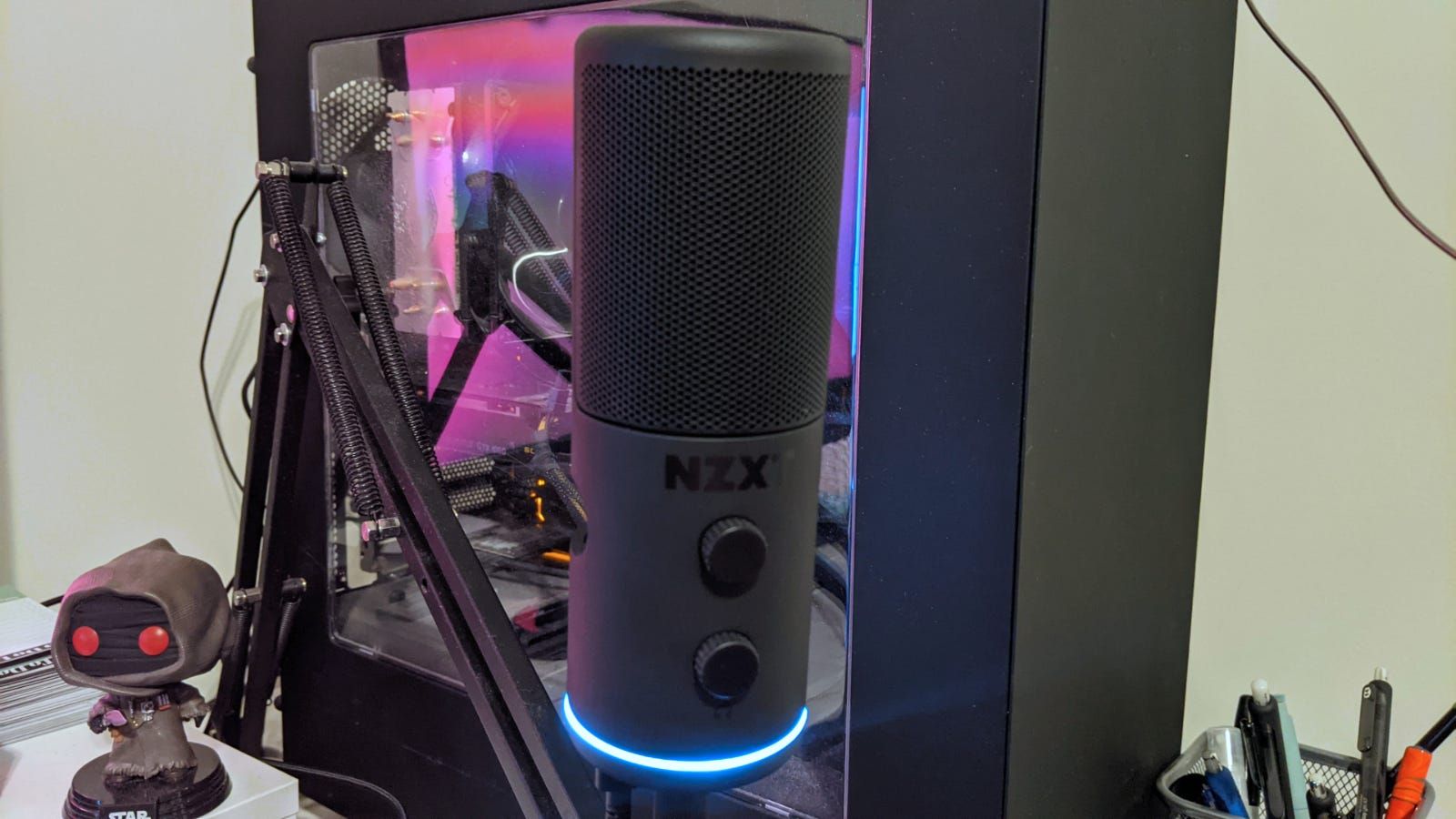
NZXT Capsule
- Elegant Design
- Excellent Build Quality
- Detailed Audio
- Easy to Use
- Annoying Lighting
- Easy to Accidentally Scroll Dials

